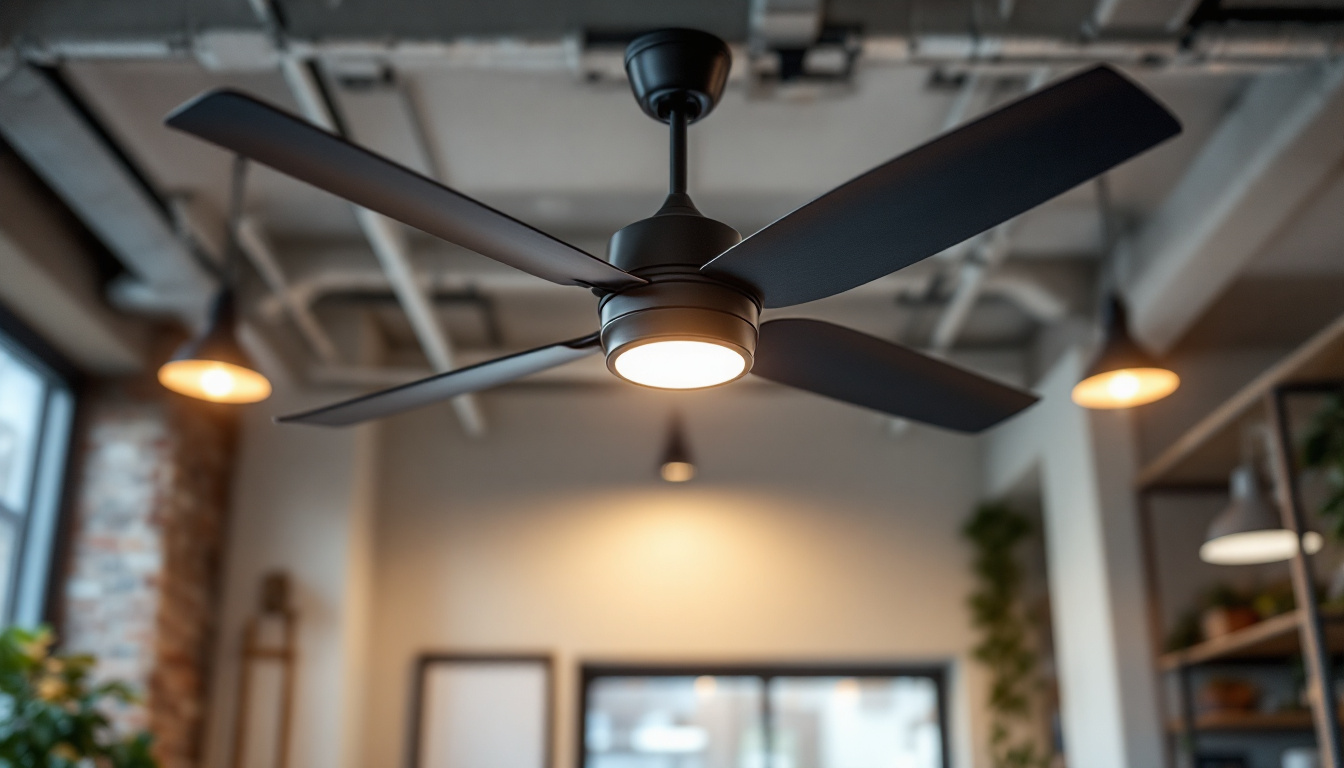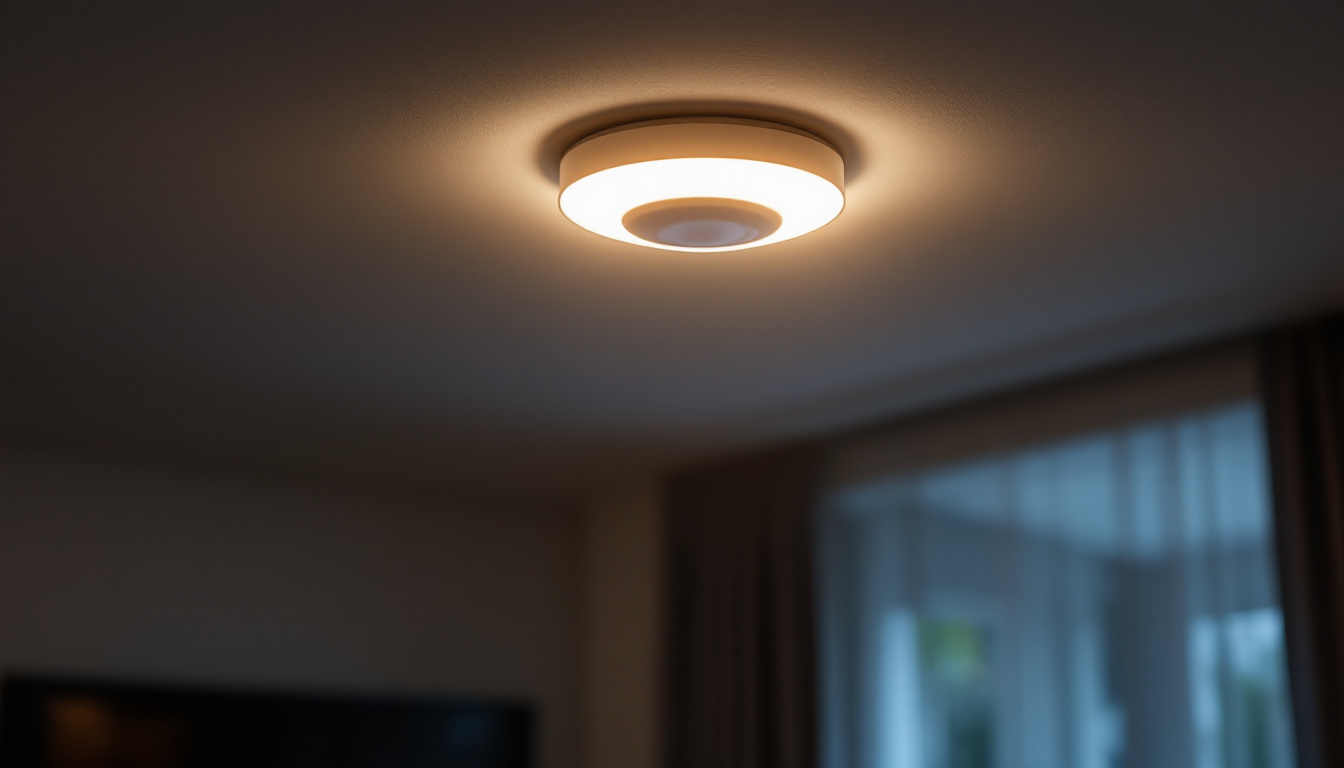
Street lighting plays a crucial role in urban infrastructure, enhancing safety, visibility, and aesthetics. For lighting contractors, understanding the various types of bulbs available for street lights is essential for making informed decisions that meet both client needs and regulatory standards. This article delves into the key considerations, types of bulbs, and best practices for selecting the right lighting solutions for street applications.
Street lighting is not merely a functional necessity; it significantly impacts the quality of life in urban areas. Proper illumination can reduce crime rates, improve pedestrian safety, and enhance the overall ambiance of a neighborhood. Moreover, effective street lighting can contribute to energy savings and sustainability efforts. The strategic placement of lights can also encourage community engagement by making public spaces more inviting during evening hours, fostering social interactions and activities that might otherwise be limited by darkness.
Lighting contractors must recognize the multifaceted role of street lights. They are not just tools for visibility; they are integral to urban planning and community development. Therefore, selecting the right bulb type is essential for maximizing these benefits. In recent years, advancements in LED technology have revolutionized street lighting, offering longer lifespans and lower energy consumption, which can significantly reduce municipal costs over time. As cities strive to become more eco-friendly, the transition to energy-efficient lighting solutions has become a priority, aligning with global sustainability goals.
One of the primary functions of street lighting is to ensure safety for both pedestrians and drivers. Well-lit streets help reduce accidents and improve visibility during nighttime hours. The choice of bulb can greatly influence the quality and intensity of light emitted, affecting how well individuals can see and be seen. Additionally, the placement and height of street lights are crucial factors; lights that are too low may create shadows, while those that are too high may not provide adequate coverage. A careful balance must be struck to ensure that all areas are sufficiently illuminated.
High-quality street lighting can deter criminal activity, as well-lit areas are less attractive to potential offenders. Lighting contractors must consider the lumen output and color temperature of bulbs to achieve optimal safety standards. Furthermore, the integration of smart lighting technologies, which can adjust brightness based on pedestrian traffic or time of day, not only enhances safety but also promotes energy efficiency. Such innovations represent a forward-thinking approach to urban lighting, addressing both current needs and future challenges.
Beyond safety, street lighting contributes to the aesthetic appeal of a community. Thoughtfully designed lighting can enhance the architectural features of buildings and public spaces. Contractors should consider how different bulb types and fixtures can complement the surrounding environment. For instance, warm white lights can create a cozy atmosphere in residential areas, while cooler tones may be more appropriate for commercial districts, where a vibrant and energetic feel is desired.
Using decorative fixtures with appropriate bulbs can create a welcoming atmosphere in parks, plazas, and shopping districts. This attention to detail can elevate the overall experience of residents and visitors alike. Additionally, seasonal lighting displays can transform public spaces into festive destinations, drawing crowds and encouraging local businesses. The interplay between functionality and design in street lighting not only enhances the visual landscape but also plays a pivotal role in shaping community identity and pride. By investing in aesthetically pleasing lighting solutions, cities can foster a sense of belonging and connection among their inhabitants.
When it comes to street lighting, various bulb types are available, each with its own advantages and disadvantages. Understanding these options is crucial for lighting contractors aiming to provide the best solutions for their clients.
HID bulbs have been a popular choice for street lighting for many years. They offer high lumen output and good color rendering, making them effective for illuminating large areas. The most common types of HID bulbs used in street lights include metal halide and high-pressure sodium bulbs.
Metal halide bulbs produce a bright, white light that enhances color visibility, making them suitable for areas where aesthetics are a priority. However, they have a shorter lifespan and can consume more energy compared to other options.
High-pressure sodium bulbs, on the other hand, emit a warm, yellow light that is highly efficient and long-lasting. While they are energy-efficient, their color rendering is not as favorable, which can affect visibility in certain applications.
LED technology has revolutionized street lighting in recent years. LEDs are known for their energy efficiency, long lifespan, and low maintenance costs. They consume significantly less energy than traditional bulbs while providing excellent illumination.
Moreover, LEDs are available in various color temperatures, allowing contractors to select the ideal lighting for different environments. The flexibility in design and fixture options makes LEDs a versatile choice for modern street lighting projects.
As municipalities increasingly prioritize sustainability, LED street lights are becoming the standard due to their reduced carbon footprint and lower energy consumption.
Solar-powered street lights are an innovative solution that harnesses renewable energy. These lights are equipped with solar panels that charge during the day and provide illumination at night. They are particularly beneficial in remote areas where traditional electrical infrastructure is lacking.
While solar lights can have higher upfront costs, they offer significant savings in energy bills and maintenance over time. Additionally, they contribute to sustainability goals and can be an attractive option for environmentally conscious clients.
Selecting the right bulbs for street lighting involves several critical factors. Lighting contractors must evaluate these elements to ensure they meet both functional and aesthetic requirements.
Lumen output measures the total amount of visible light emitted by a bulb. For street lighting, adequate lumen output is essential to ensure safety and visibility. The required lumen output will vary depending on the street type, traffic volume, and surrounding environment.
Contractors should conduct thorough assessments of the areas to be illuminated, considering factors such as the height of the light fixtures and the spacing between them. This will help determine the appropriate lumen output needed for effective lighting.
Color temperature, measured in Kelvin (K), affects how light appears in a given environment. Street lights typically range from warm white (around 3000K) to cool white (above 4000K). The choice of color temperature can influence visibility, safety, and the overall atmosphere of the area.
Cool white light is often preferred for urban settings due to its clarity and brightness, which enhances visibility. However, warm white light can create a more inviting and comfortable ambiance in residential neighborhoods and parks.
Energy efficiency is a paramount consideration in today’s lighting projects. Bulbs that consume less energy not only reduce operational costs but also contribute to environmental sustainability. LEDs, for example, are renowned for their energy efficiency and long lifespan, making them a cost-effective choice in the long run.
Contractors should also consider the maintenance requirements of different bulb types. Longer-lasting bulbs can significantly reduce maintenance costs and downtime, allowing for more efficient project management.
Proper installation is crucial for maximizing the performance of street lighting systems. Lighting contractors must adhere to best practices to ensure that the bulbs function effectively and safely.
The placement of street light fixtures is a critical aspect of installation. Proper spacing and height can influence the effectiveness of the lighting. Contractors should consider the width of the street, the height of surrounding structures, and the intended use of the area when determining fixture placement.
In general, fixtures should be positioned to minimize shadows and ensure even light distribution. This may involve using pole-mounted fixtures or wall-mounted options, depending on the specific application.
Electrical wiring must be installed according to local codes and regulations. Proper grounding and circuit protection are essential to prevent electrical hazards. Contractors should also consider the potential for future upgrades or maintenance when designing the electrical layout.
Using high-quality components and materials can enhance the reliability of the street lighting system. Ensuring that connections are secure and weatherproof will help extend the lifespan of the installation.
After installation, thorough testing is essential to ensure that all fixtures are functioning correctly. This includes checking for proper illumination levels, color consistency, and any potential issues with wiring or fixtures.
Regular maintenance is also crucial for the longevity of street lighting systems. Contractors should establish a maintenance schedule that includes cleaning fixtures, replacing bulbs as needed, and inspecting electrical components for wear and tear.
The landscape of street lighting is continuously evolving, driven by advancements in technology and changing societal needs. Lighting contractors should stay informed about emerging trends to remain competitive in the industry.
Smart lighting technology is gaining traction in urban environments. These systems allow for remote monitoring and control of street lights, enabling municipalities to adjust lighting levels based on real-time data, such as pedestrian traffic or weather conditions.
Smart lighting can lead to significant energy savings and improved safety. For example, lights can dim during low-traffic periods and brighten when motion is detected. This technology not only enhances efficiency but also contributes to sustainability initiatives.
As the push for sustainability continues, integrating street lighting with renewable energy sources is becoming more common. Solar-powered street lights are just one example of this trend. Additionally, some municipalities are exploring the use of wind energy and other renewable sources to power their lighting systems.
Contractors should be prepared to offer solutions that align with these sustainability goals, providing clients with options that reduce their carbon footprint while maintaining effective lighting.
For lighting contractors, understanding the various types of bulbs available for street lights is essential for delivering effective and sustainable lighting solutions. From HID and LED options to solar-powered systems, each type of bulb has its own set of advantages and considerations.
By taking into account factors such as lumen output, color temperature, energy efficiency, and installation best practices, contractors can ensure that their street lighting projects meet the needs of their clients while enhancing safety and aesthetics in urban environments.
Staying informed about future trends, such as smart lighting and renewable energy integration, will further equip contractors to navigate the evolving landscape of street lighting. Ultimately, the right choices in bulb selection and installation can lead to successful projects that contribute to safer, more vibrant communities.
Ready to elevate your street lighting projects with the finest bulbs on the market? Look no further than LumenWholesale, where we provide lighting contractors with top-tier, specification-grade lighting products at unmatched wholesale prices. Our commitment to quality, affordability, and convenience ensures that you receive the best value for your investment. With our extensive selection that meets rigorous industry standards and the added benefit of free shipping on bulk orders, you can trust that you’re getting premium lighting solutions without any hidden costs. Enhance the safety and beauty of your urban lighting projects today by visiting Wholesale Lighting at the Best Value and discover the LumenWholesale difference.

Discover the essential insights every lighting contractor needs to know about LED lighting.

Discover the essential best practices lighting contractors use when selecting and installing industrial ceiling fans.

Discover the advantages of IC rated recessed lights for lighting contractors.

Discover how motion sensor ceiling lights can revolutionize cost efficiency for lighting contractors.